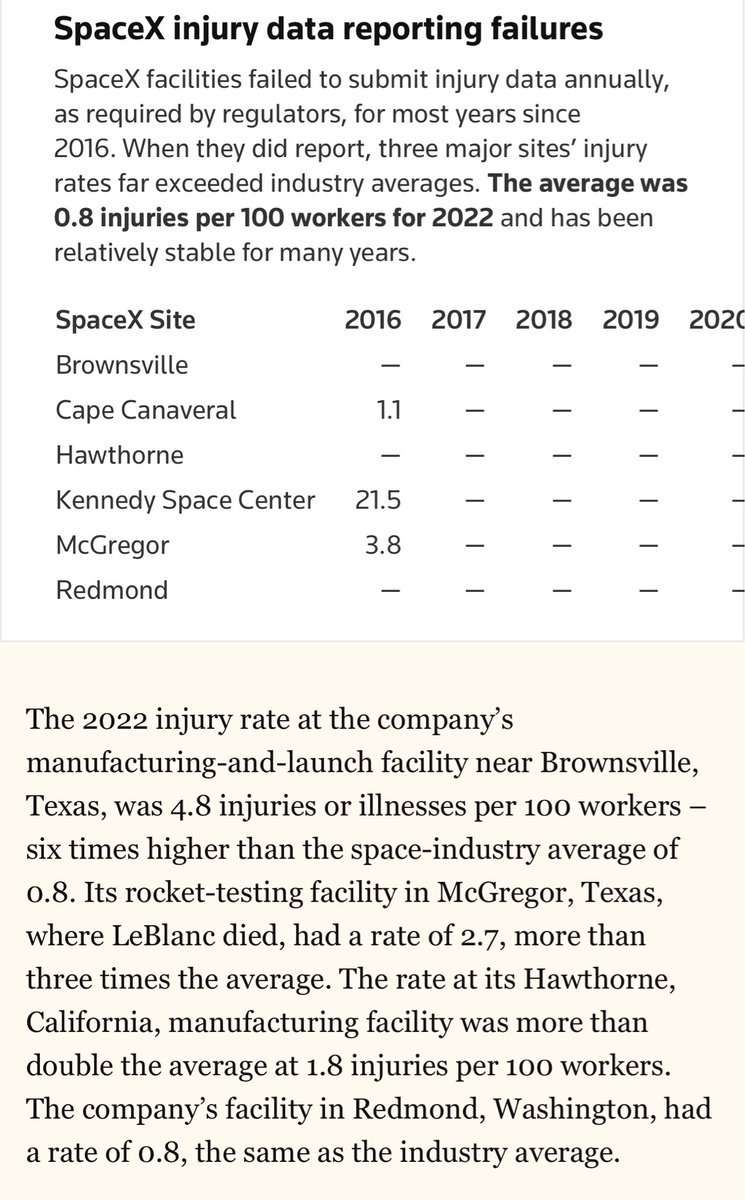Ever heard of a Turbine-Based Combined Cycle (TBCC) engine design? It’s a pretty fun concept that can conceivably provide air-breathing propulsion from take-off to hypersonic speeds. Basically you combine a turbojet and a ramjet/scramjet—read this thread for more info... #AvGeek
First, why can’t you just use a turbojet to get to hypersonic speeds? There are many complications that limit the top speed and efficiency of a jet engine, most notably the elevated temperatures of high speed flight. But turbojets/fans are generally limited to Mach numbers ~2.5
What about rockets? Rockets will certainly do the trick, but there are the obvious issues that rockets are (usually) expendable, they are less efficient than air-breathing engines, you generally won’t use a rocket to fly subsonic, and there is probably more of a safety concern.
Enter ramjets and scramjets. These are air-breathing concepts that can operate up to M~7 (ramjet) and M~20+ (scramjet). There are no internal moving parts, just compression from shocks, then you light the exhaust almost like an afterburner. Fun! 

One problem with scramjets/ramjets is it’s like “lighting a match in a hurricane” plus you need supersonic flow for them to start (really M>3). So aside from the technical challenges, if you’re parked on a runway with nothing but a scramjet you might as well walk. 

Most scramjet tests have employed an air-dropped vehicle with a first stage rocket to get to supersonic speed
This is the reason for interest in TBCC engines. What if we could get moving to M~3-4 with a jet engine and then turn on a ram/scramjet? Then you could just about get into orbit (this has been proposed)! 

The SR-71 almost used a TBCC depending on how you want to define things. The shared flow path diverted air between a ramjet bypass and the jet engine core. At the top speed of M~3.2 the ramjet was providing 80% of the thrust but technically the turbojet was still running.
In addition to the shared axisymmetric flowpath, there’s the crude version where you quite literally strap a ram/scramjet to the belly of a turbojet aircraft but in this design you’re paying a steep weight and drag penalty.
Will we see a full-on TBCC in the wild? Maybe—the SR-72 design is said to include a TBCC with a scramjet for hypersonic flight. The NASA X-43B would have used a TBCC. I know there are other concepts out there as well, so hopefully soon!








Apologies to @mikeheil for taking so long to get around to this—up next will be RBCC engines (hopefully not quite so long of a wait!)
• • •
Missing some Tweet in this thread? You can try to
force a refresh














